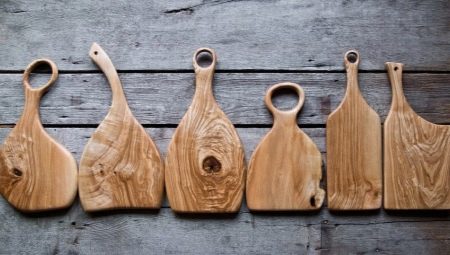Wooden cutting boards appeared in the Middle Ages, and existed almost unchanged until the 20th century. However, even with the advent of new technologies and materials (analogues of plastic and glass), wood products did not sink into the unknown. Moreover, such boards have improved and today are pleased with the functionality, a variety of shapes and sizes.
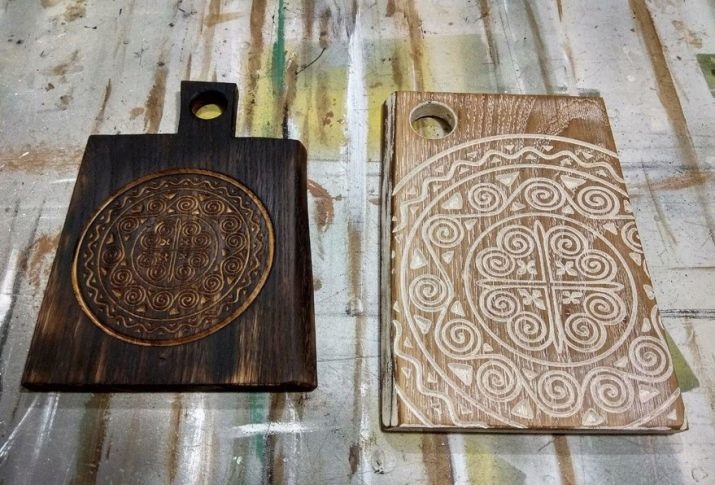
Advantages and disadvantages
One of the main advantages of wooden boards can be called their environmental friendliness. But this is true only for products from a single piece of wood. If we talk about glued options, then they are wooden lamellas fixed relative to each other. Such products a priori can not be called environmentally friendly, because they have glue in their composition.
Wooden products are characterized by strength, reliability, durability.
Exist special types of end boards, which are made of wood and even carry chopping meat, metal hammer blows. However, even the most ordinary version of wood is not afraid of stabs. It will not split and not be damaged if it falls from a height. Such a kitchen accessory Suitable for daily use.
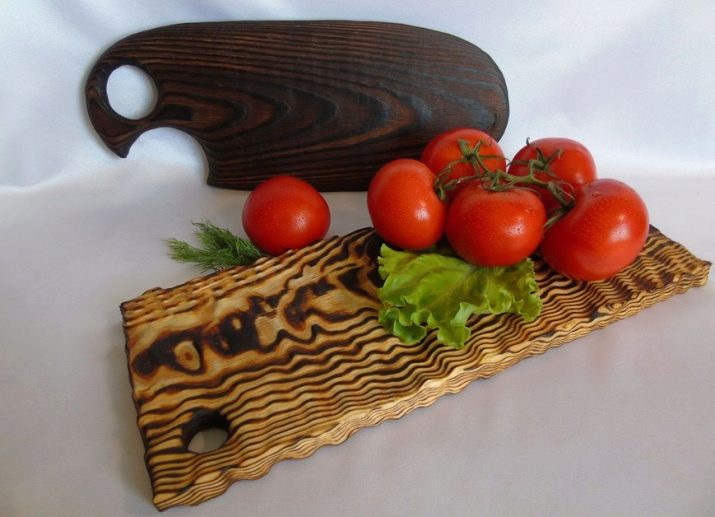
Unlike glass and ceramic analogues, wooden boards do not blunt knives. A knock on the wood does not irritate the knife (such as the creak of knives on the glass surface of the board), it is almost invisible.
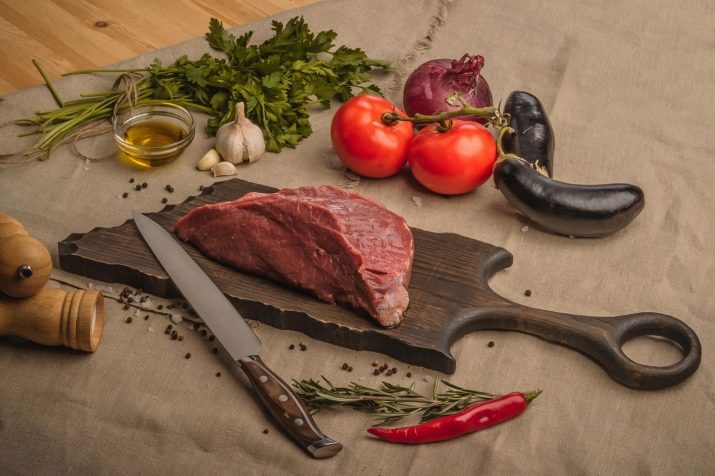
Returning to the issue of environmental friendliness of products, it is worth noting that (regardless of type) they look like that. Many people use wooden boards as a decoration for the kitchen or dining room, since natural wood brings coziness and nobility to the interior.It is important that the price range is also different - from fairly affordable prices to more expensive options.
Of the pluses, one can also say about the abundance of sizes, shapes of the product.
Among the wooden assortment you can easily find both huge boards for cutting dough and small utensils for bread. In addition, today serving plates made of wood are very popular, which do not cut, but serve dishes. Most often it is bread, pies, pizza, but there may also be pieces of meat with greens and vegetables.
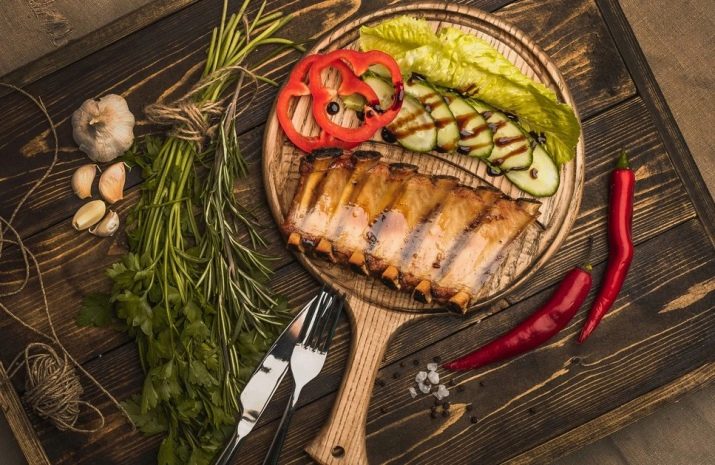
Like any product, wooden boards have disadvantages. First of all, it is the hygroscopicity of the material. Any wood to a greater or lesser extent absorbs water, juice from products, etc. Naturally, this also leads to the absorption of odors, therefore the wooden board should be washed after each use.
However, excessive washing (especially soaking the product) can lead to damage to wood, in particular, deformation of the product.
Wooden boards require special care, for example, washing in a dishwasher is contraindicated.
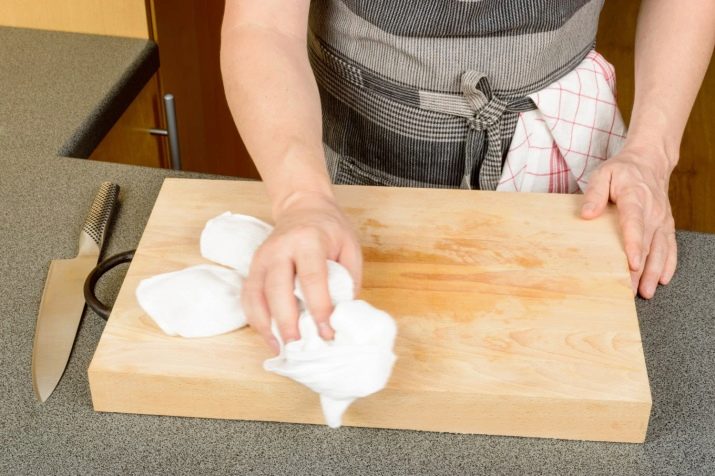
Kinds
All wood products can be divided into 2 large groups:
- solid wood;
- from glued.
If when you look at the side of the board you see a wood drawing, then in front of you is a product from a single piece of wood. If the end part has fibers, and on the surface itself separate lamellas are distinguished, this is a glued version.
Each of these species has its own advantages. A solid wood board is more environmentally friendly, however, it is stronger than the glued version, subject to deformation. Especially when it comes to products of large sizes.
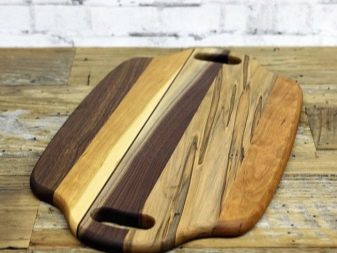
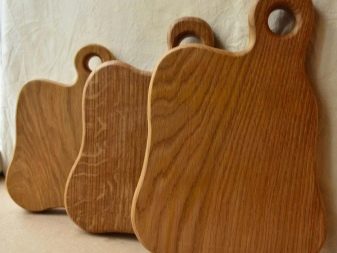
Separately, we select the end wooden boards. Their main properties: a stronger and harder surface (suitable for chopping meat), greater resistance to moisture, a higher degree of antibacterial protection.
You can recognize the end product by thickness and bulk, as well as by the direction of the fibers - they are located perpendicular to the cut.
This explains the fact that the knives on such a surface are dull more slowly than on a wooden one. The knife blade seems to push the wood fibers apart; he does not have to overcome them as an obstacle. In this regard, we can note a longer service life of the end boards.
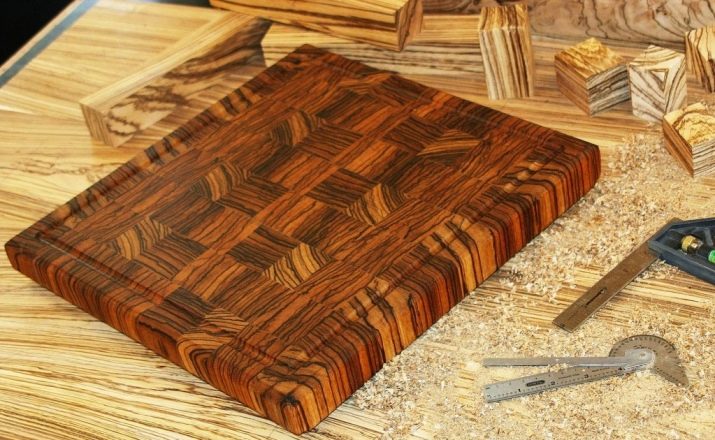
Materials
For the production of boards using different types of wood, each of which has distinctive characteristics. Consider the most common options.
Pine
Quite affordable and inexpensive material, characterized by high hygroscopicity. Such products strongly absorb and retain odors for a long time. Besides, pine is extremely unstable to moisture, and therefore the boards from it will not last long.
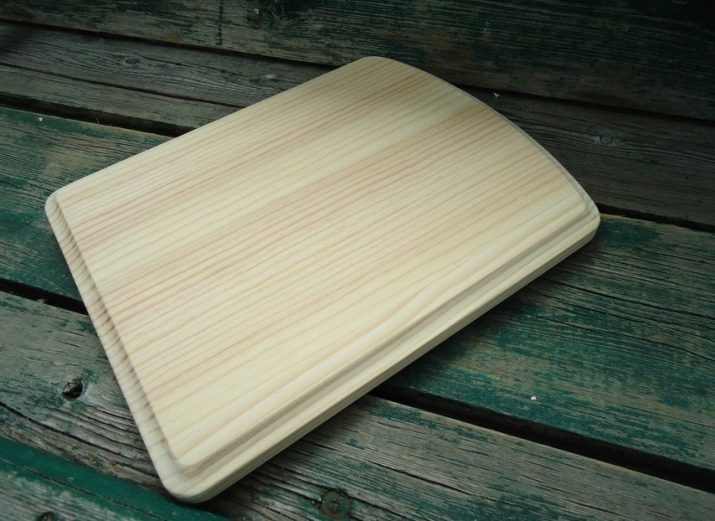
Birch tree
Compared to pine, a slightly more durable material. At the same time, it is also distinguished by a low cost. However, birch products quickly darken during operation, so the boards from it quickly lose their presentable appearance. Besides, birch is not the most resistant to moisture type of wood, it will quickly warp. Similar properties are possessed by products from linden and alder.
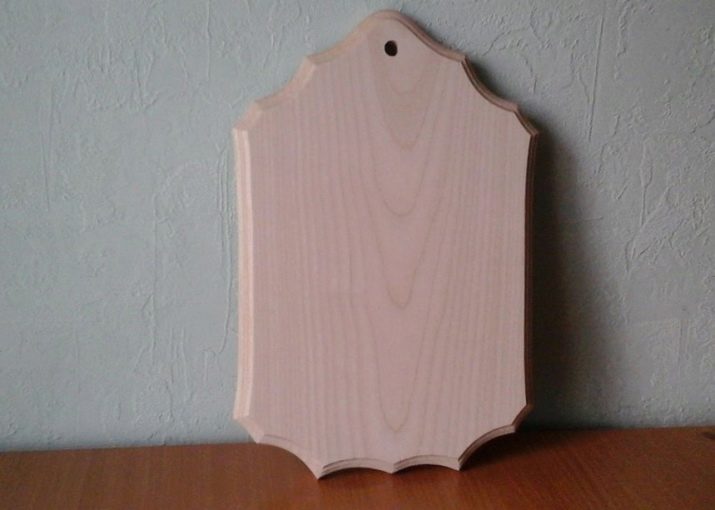
Beech
Products from this tree species are durable and strong. However, the tree itself is extremely hygroscopic, easily absorbs moisture. Of course, special varnishes are used for protection, but this is not possible for all types of boards.
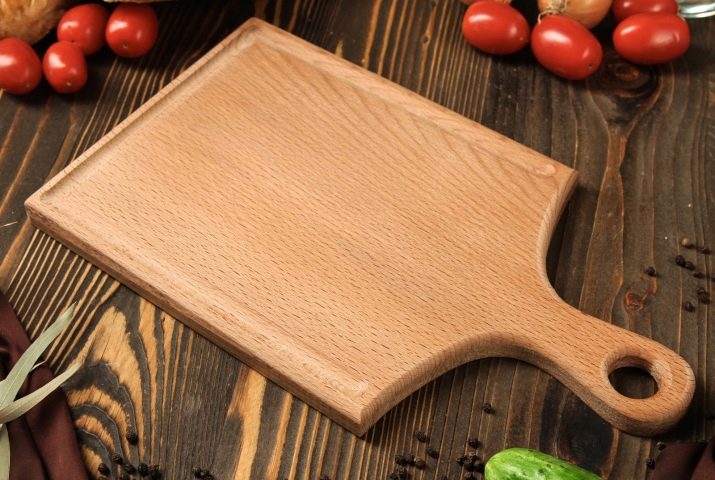
Acacia
A good variety of wood for the manufacture of cutting boards. Characterized by strength, moisture resistance, and therefore has a long service life.
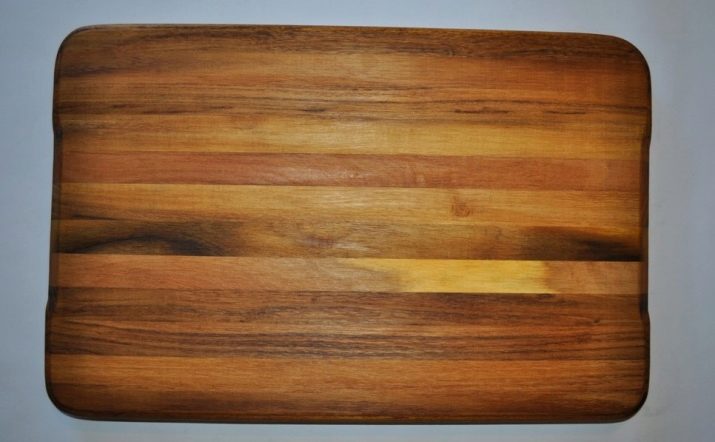
Oak
Perhaps, oak planks are a good option if you are looking for strong, moisture resistant and durable products. Due to its resistance to moisture, products can be rinsed under water without fear for their shape and condition.
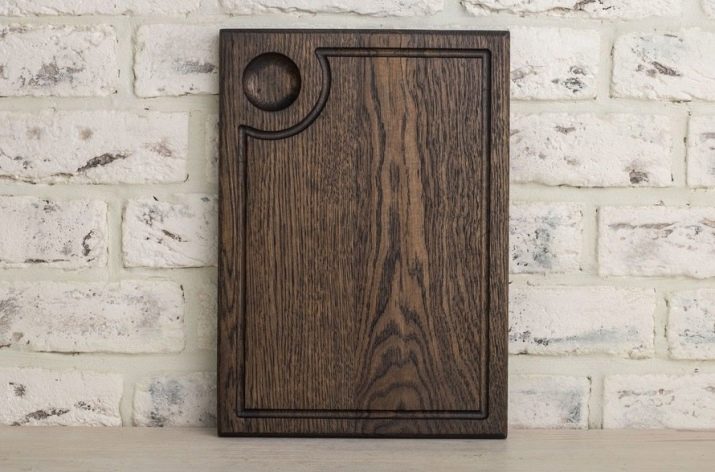
Larch
A larch product is the only wooden option that is not afraid of water. This is due to the increased moisture resistance of wood.
Moreover, during operation (in particular, washing), the product acquires additional strength.
Also, this wood species is resistant to high temperatures, so the accessory can be used as a stand for hot.
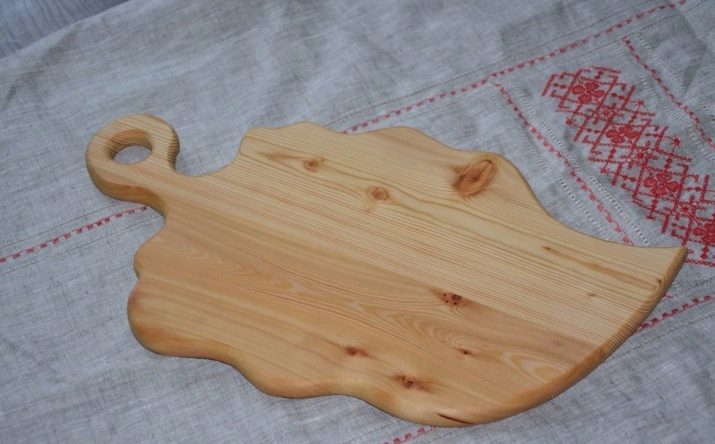
Ash
End boards are often made from ash. Subject to gluing technology, you can get a product that will really last for years.
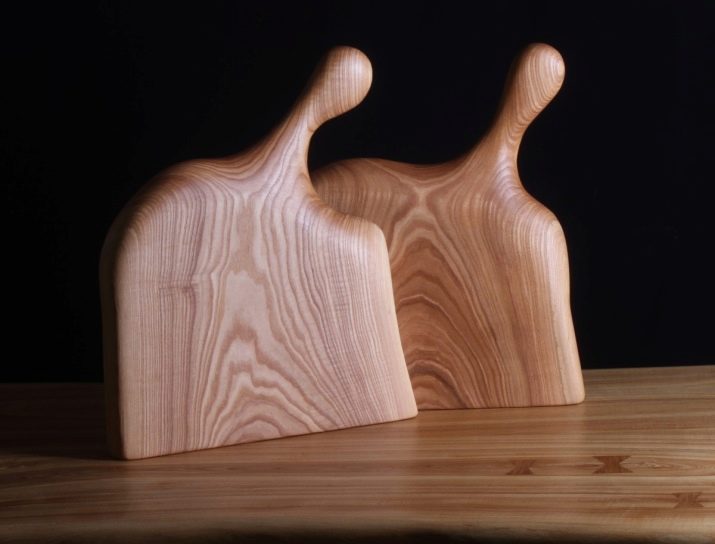
Olive
Olive wood produces some of the most durable product options. In addition, due to the properties of wood, the working surface of such a product will have antibacterial properties.
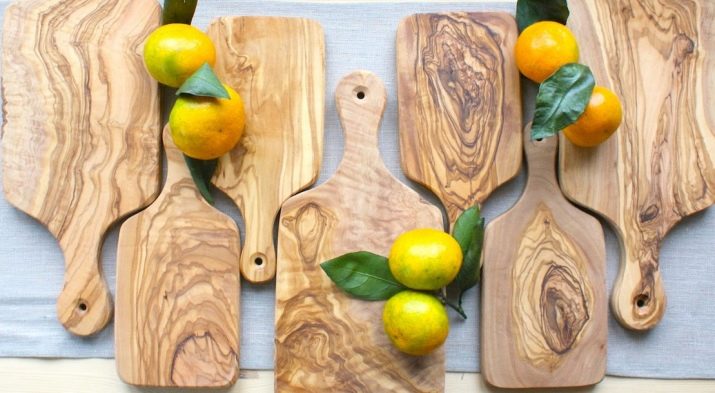
Rubber Breeds (Hevea)
A more modern version of wood, combining strength and low hygroscopicity. As a result, the product lasts longer, but does not absorb odors, less susceptible to moisture. In addition, less scratches and cracks from the knife appear on the surface of the utensils based on rubber wood.
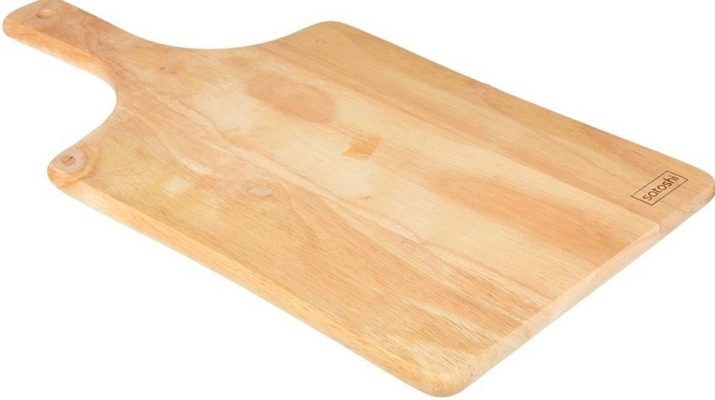
When it comes to board materials, bamboo is often mentioned. This is not entirely true, since these products, rather, can be distinguished into a separate type of utensil.
Bamboo boards are always glued, which is due to the characteristics of the plant itself. From thin trunks-pipes it is impossible to make a whole board, they have to be sawn and glued. The bamboo analogue has less weight, better tolerates moisture (they can even be washed in dishwashers), but knives on a bamboo surface get dull faster.
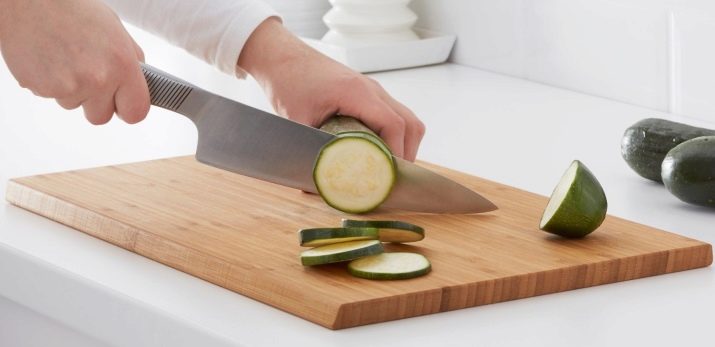
Sometimes on sale you can find a board from a saw cut of the trees described above. For the manufacture of utensils, saw cut hardwood: elm, ash, oak, poplar. Since in each case the dimensions of the saw are individual, there are no standard sizes of finished boards, they also cannot be calibrated.
A high-quality product has smooth surfaces, and the places of cracks that appear during the drying process are sealed with epoxy.
The finished product is coated with mineral edible oil. Thus, the saw board is rather thick and heavy, it is durable and has a long service life. Unlike a solid product, a saw cut option is always a cross section of a tree. The analogue from the array is longitudinal.
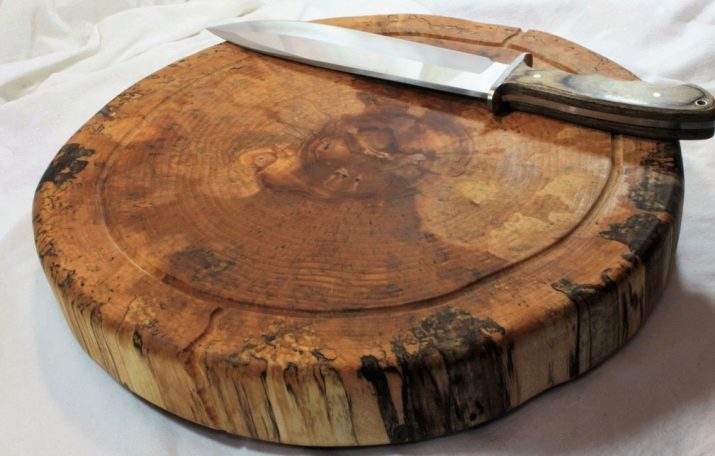
Sizes and shapes
Wooden boards are characterized by a variety of sizes and shapes. You need to choose a product based on the purpose of the board. So, a 30 by 50 cm board is considered standard. It is convenient for working with meat and poultry. A product in the amount of 25 to 40 is suitable for slicing fruits and vegetables, cheeses, sausages. An even more compact option is usually purchased for slicing bread.
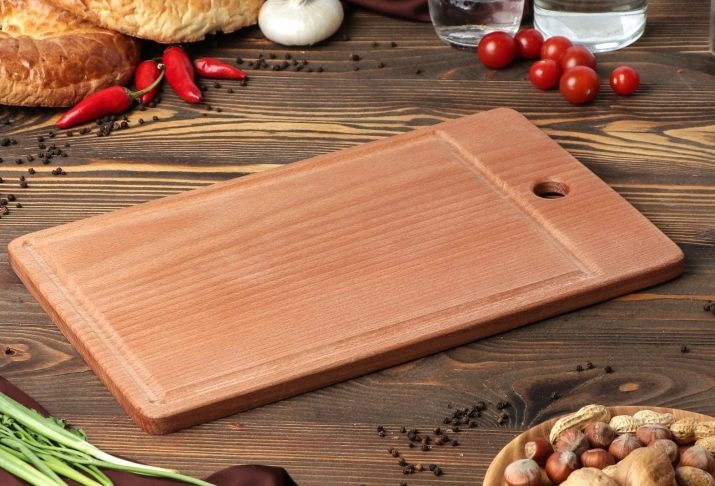
As for the form, then universal called square or rectangular, as well as their many variations. Products are suitable for all types of products, they are convenient to store. Another popular shape is the circle. Often round options are used for cutting loaves, pies, cakes, they are also suitable for cutting bread, loaves, cheeses, sausages. Round boards are often used as serving ones, serving cheese slices, fried meat with greens, bread.
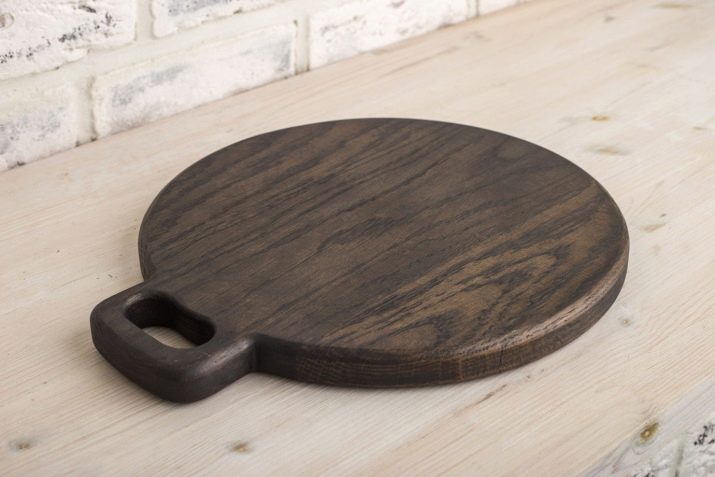
A slightly less popular may be a semicircle board. Boards of other geometric shapes are even less common. They are not too popular, because they are not always convenient. Boards in the form of an apple or a pear, fish, ham are quite often found on store shelves. Their form is an indication of how the product should be used.
Often, products of all forms are equipped with a handle, necessary not only to hold the board, but to hang it.
If you plan to store boards in a drawer, such a handle, on the contrary, may turn out to be uncomfortable - it will “eat up” the storage space that is useful for storage. It is not necessary to purchase intricate forms, it is often difficult to find a way to store them. A product with many patterns and slots will not be easy to keep clean.
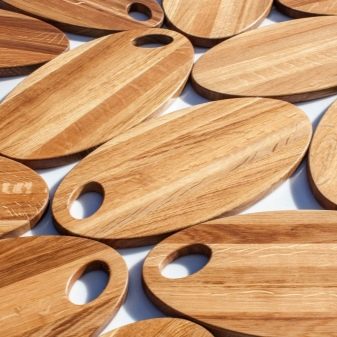
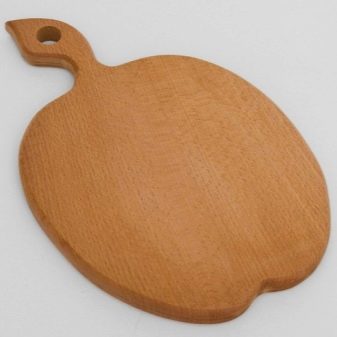
In addition to the described forms, it is necessary to highlight unusual wooden utensils with additional options. Among it is a board with a retractable container. It has legs and a special drawer that can be extended and retracted. After cutting, the products fall into the container, it is put forward, and all the pieces are stored in one place. In addition, such a container can be used for waste when you peel and then cut onions, carrots, cucumbers, beets, etc. In this case, at the end of cooking, you only need to remove and shake the container.
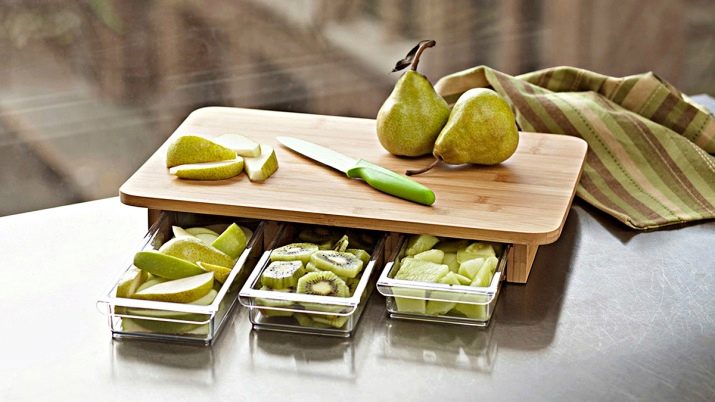
If a wooden board moves off the surface and seems uncomfortable, you can look at the corner option. The product is attached to the corner of the kitchen complex and is securely fixed in this place. For beating meat or slicing solid food, it is convenient to use a board on legs. This version of the product also firmly adheres to the countertop, making the work in the kitchen more convenient and safe.
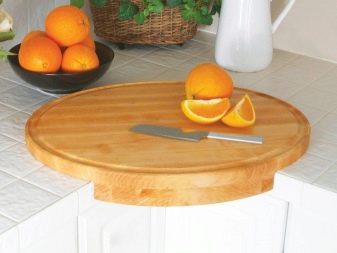
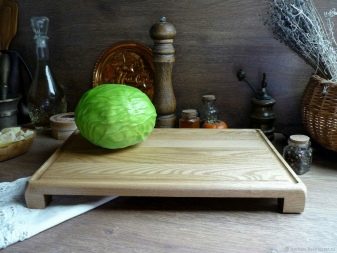
Beautiful original boards with a pattern are usually used to decorate the interior. If you cut on them, then only on the side where there is no picture. Carved boards are used in the same way, and it is better to use them for cutting dry products in order to minimize contact of the product with moisture.
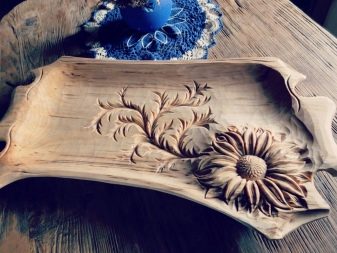
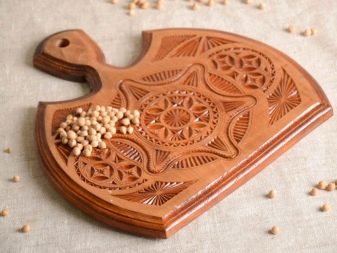
Criterias of choice
When choosing, it is important to consider what kind of wood the board is made of. One of the best options is oak or acacia. The next criterion will be the features of the board: it is made of a single piece or is a glued analog.
Larger boards are better to choose glued, as they are less prone to deformation.
If you plan to chop meat on the board, choose the end ones. Smaller boards may be solid wood. Dimensions of the product, determine the purpose.
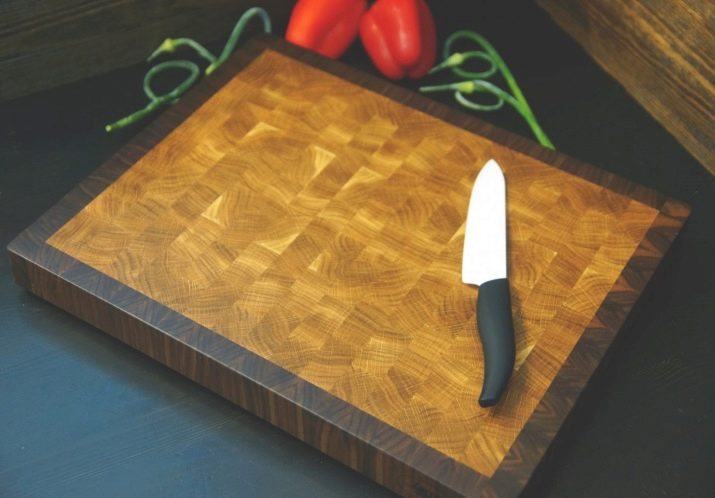
If the choice has fallen on products from needles, it is worth acquiring the most qualitative (and usually more expensive) option. In this case, you can insure yourself against the release of resin. Do not use the same board for all products. At a minimum, 3 products will be required: for raw meat, vegetables and greens, bread.
If you plan to cut cheese, it is better to purchase a separate board: this product is so gentle and so easily absorbs tastes and smells that it is not ready to “share” the board with other types of food.
If you decide to choose and purchase several products at once, it makes sense to look for a set of products on a stand. As a rule, buying it will cost less than purchasing a similar amount of kitchen items. And the kit will look in the same style. Finally, it is important to pay attention to the appearance of the utensils, because the boards should be suitable for the general interior of the kitchen or dining room.
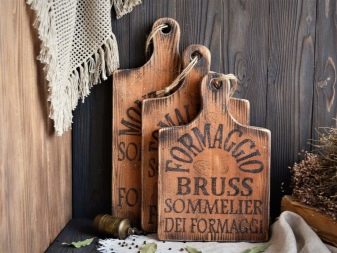
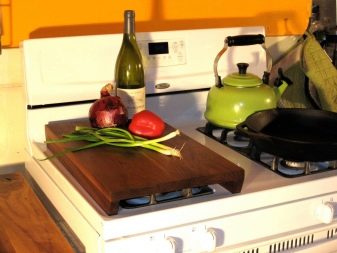
Care Rules
Compliance with the rules for caring for wooden cutting boards is, first of all, a hygienic requirement. Regular cleaning and disinfection of surfaces will prevent the spread of pathogenic microorganisms on them and poisoning people. Of course, proper care can significantly extend the life of the product.
It is recommended to lightly polish the purchased board with a sandpaper, blow off the chips and treat with linseed or edible mineral oil.
The oil is applied in a thin layer, allowed to dry for several hours, and then covered again. The procedure should be repeated 3-4 times. Similarly, you can reanimate the old board, however, it is better to clean it better, by erasing the slots with a knife on the surface of the board. Then also cover with oil in several layers.
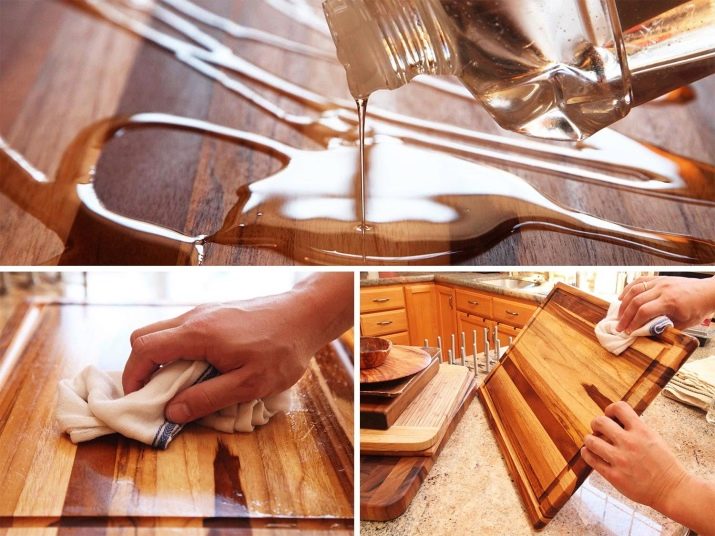
A wooden product should be washed immediately after use, this will not allow odors and pigments to be absorbed. For washing and disinfecting, soda, vinegar or lemon juice are suitable. All of these substances perfectly remove odors. But it is better to refuse to use washing household chemicals - it is eaten into wood, and it is rather difficult to wash it from fibers.
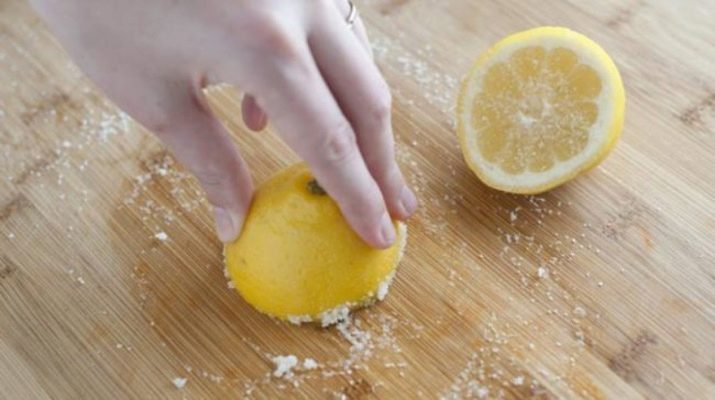
An important rule when caring for wooden utensils is to exclude long-term contact with water.Do not send the boards to the dishwasher, leave them in the sink with dirty dishes or soak them.
The optimal cleaning technology for such a product is as follows:
- immediately after use, the board needs to be cleaned with a knife to remove pieces of food;
- rinse in warm water using soda or kitchen soap;
- pour boiling water to disinfect;
- pat dry with a dry towel and store in a dry, well-ventilated place.
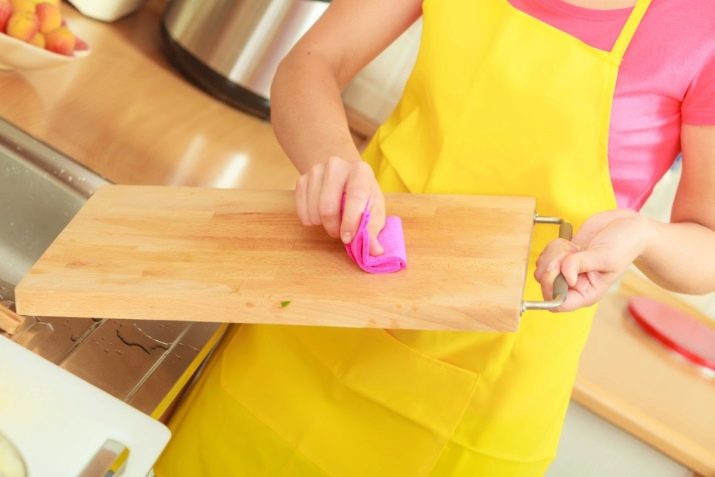
Wood products should be stored in open form, and not in drawers. It is better to use special stands, so that the boards are arranged vertically. It is important that they do not touch each other, and that water does not accumulate under them. Do not store the accessory near an oven or stove.
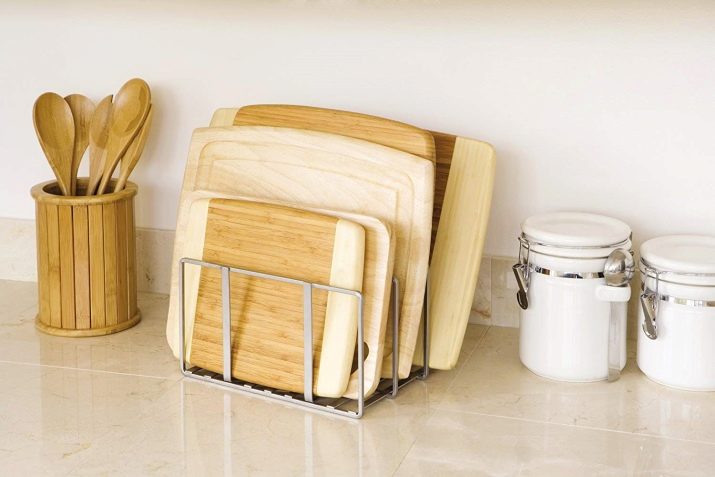
Even with the observance of the indicated care and storage measures, according to sanitary standards, wooden boards should be changed every 10-12 months. If mold has appeared on the surface of the product, it should be replaced immediately.
Important to remember, that you cannot cut different products on the same board. Each group of the latter should have its own separate board: for raw meat and poultry, fish, fruits and vegetables, bread. This, you can say, the minimum required "pieces of wood." In fact, their number may be large.
.
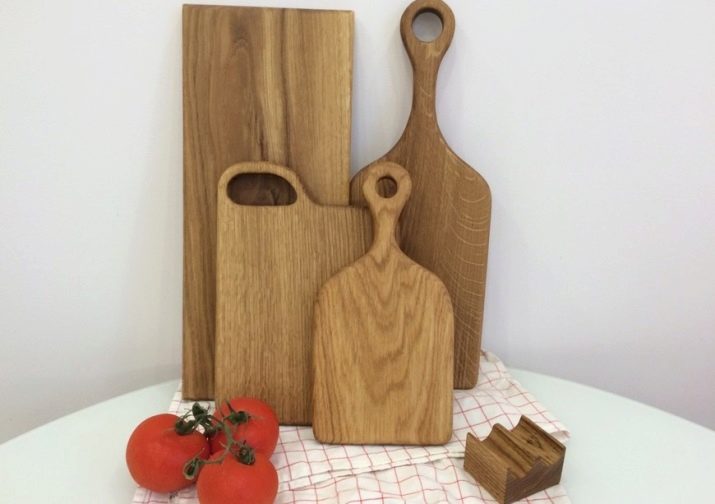
In the next video, you can watch the production process of the end cutting board.
